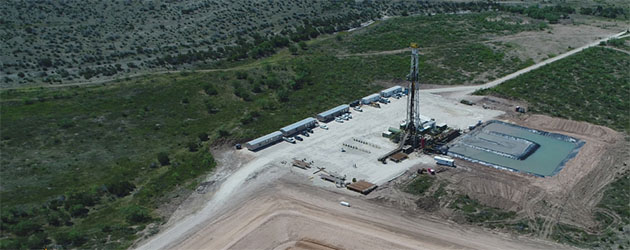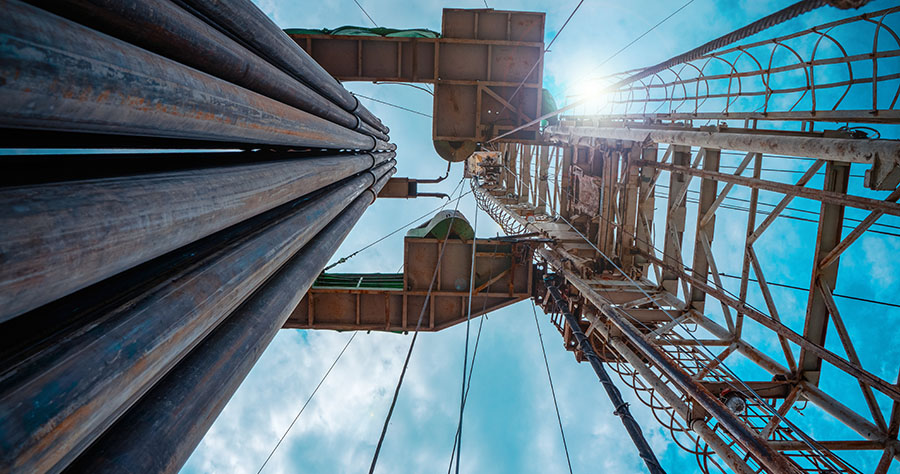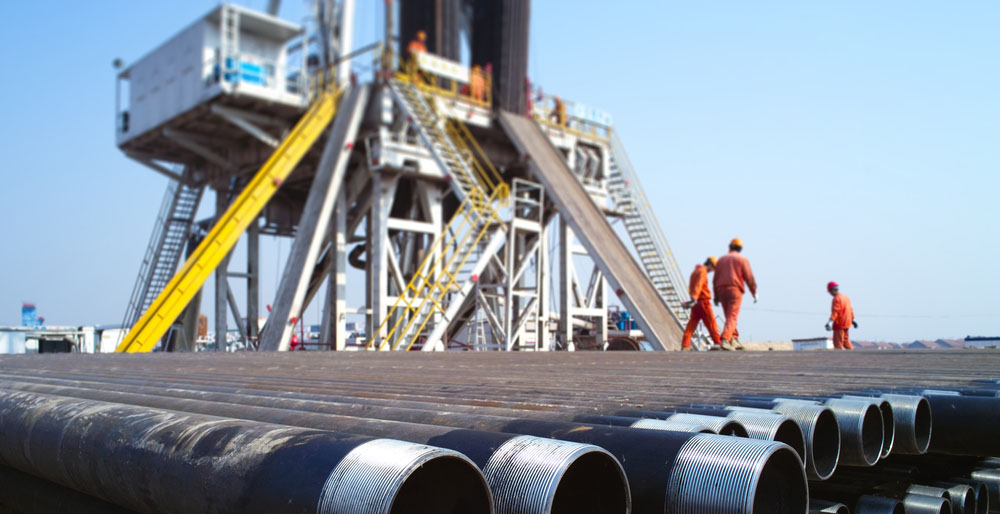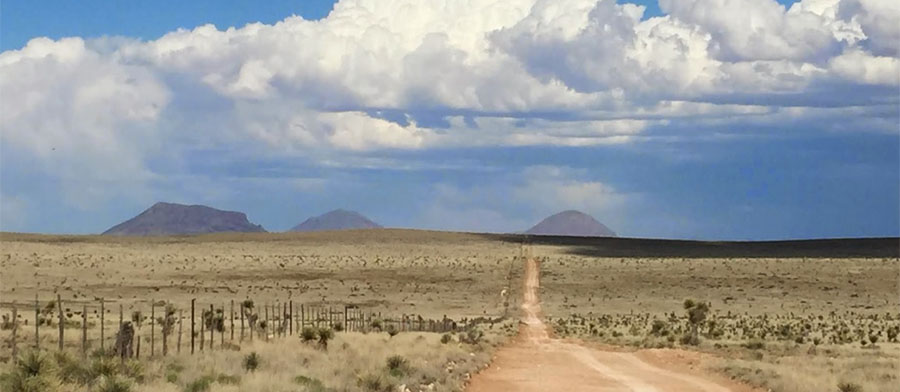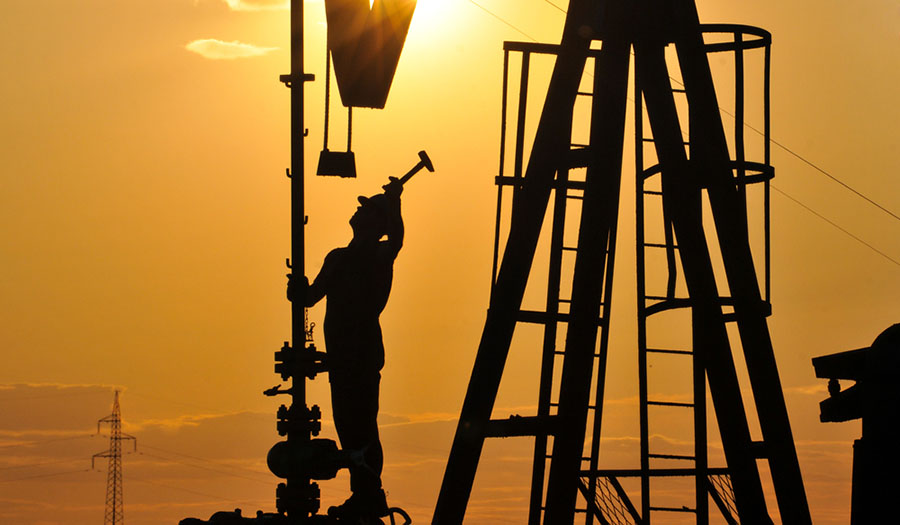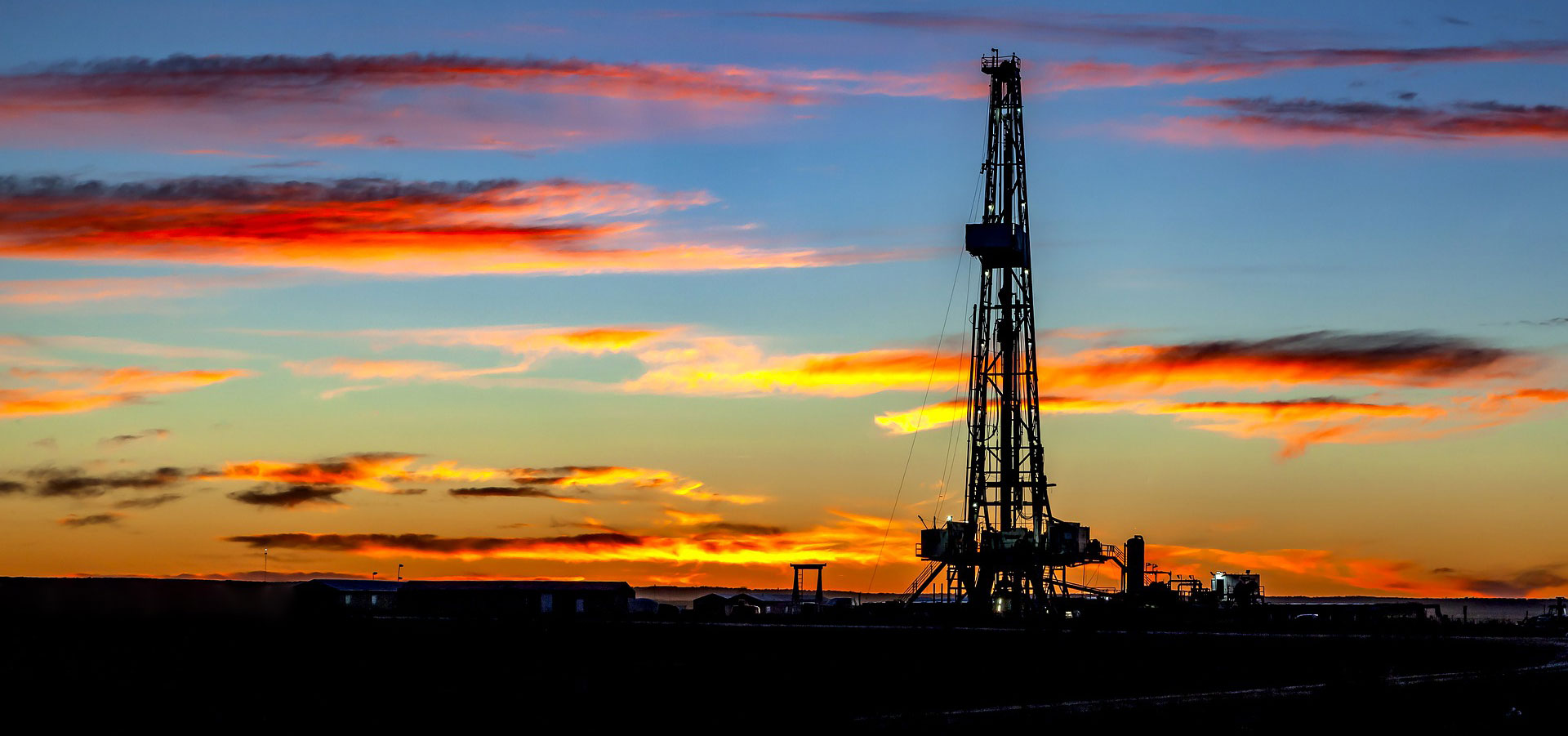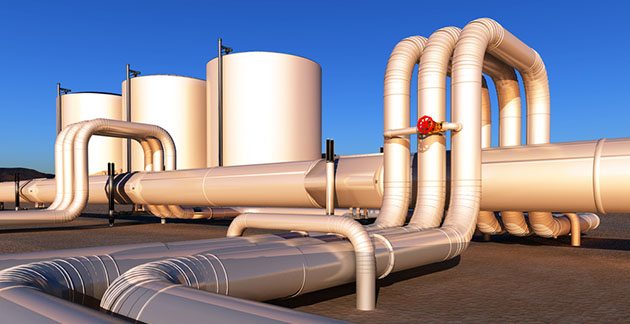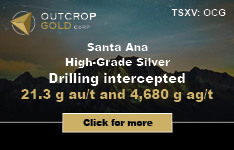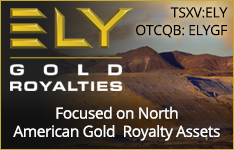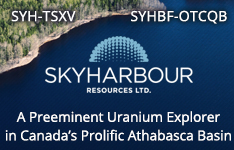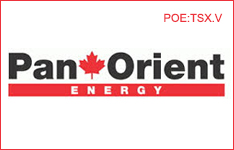Lula Field Could Turn Brazil into an Oil Superpower
Source: Chron News, Brett Clanton
"Deepwater field is 'the biggest oil discovery in the Americas' in 30 years."
Brazil's quest to remake itself into a global oil superpower is gaining momentum on this giant ship anchored about 200 miles south of Rio de Janeiro in the deep waters of the Atlantic Ocean.
Crews on this tanker-like vessel recently began extracting the first barrels of oil from a giant field known as Lula, more than three miles below, that has been called the biggest oil discovery in the Americas in three decades.
Production is still at a trickle as the project ramps up. But lessons learned here will be critical in developing a vast network of nearby "pre-salt" reservoirs that are estimated to hold 50 billion to 100 billion barrels of oil—enough to turn Brazil into one of the world's top five producers of crude.
"The challenges to develop this area are very big," acknowledged Humberto Americano Romanus, a senior engineer with Petrobras, Brazil's state-owned oil company, as he stood on the Cidade de Angra Dos Reis on a hot, clear February day in the Southern Hemisphere's summer.
The stakes may be even bigger.
Expected oil wealth from the region could be a "passport to the future," as Brazil's new President Dilma Rousseff said, for what is already one of the fastest-growing emerging economies in the world.
The region also represents one of the last friendly frontiers for western oil companies, which are running out of places around the world to explore.
"It's easy to say that this is an area that the industry is very, very interested in," said Marvin Odum, director of Shell's upstream oil and gas business in the Americas.
But there remain many technical challenges to pulling barrels of oil out of fields buried beneath more than a mile of water and two miles of rock. High pressures and corrosive conditions can wreak havoc on equipment, while a thick layer of shifting salt poses the constant threat of well bores collapsing in on themselves.
Crews on this tanker-like vessel recently began extracting the first barrels of oil from a giant field known as Lula, more than three miles below, that has been called the biggest oil discovery in the Americas in three decades.
Production is still at a trickle as the project ramps up. But lessons learned here will be critical in developing a vast network of nearby "pre-salt" reservoirs that are estimated to hold 50 billion to 100 billion barrels of oil—enough to turn Brazil into one of the world's top five producers of crude.
"The challenges to develop this area are very big," acknowledged Humberto Americano Romanus, a senior engineer with Petrobras, Brazil's state-owned oil company, as he stood on the Cidade de Angra Dos Reis on a hot, clear February day in the Southern Hemisphere's summer.
The stakes may be even bigger.
Expected oil wealth from the region could be a "passport to the future," as Brazil's new President Dilma Rousseff said, for what is already one of the fastest-growing emerging economies in the world.
The region also represents one of the last friendly frontiers for western oil companies, which are running out of places around the world to explore.
"It's easy to say that this is an area that the industry is very, very interested in," said Marvin Odum, director of Shell's upstream oil and gas business in the Americas.
But there remain many technical challenges to pulling barrels of oil out of fields buried beneath more than a mile of water and two miles of rock. High pressures and corrosive conditions can wreak havoc on equipment, while a thick layer of shifting salt poses the constant threat of well bores collapsing in on themselves.


